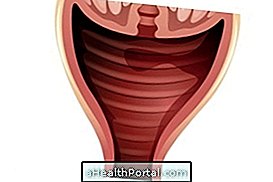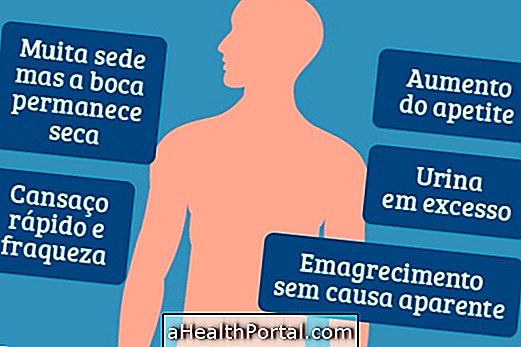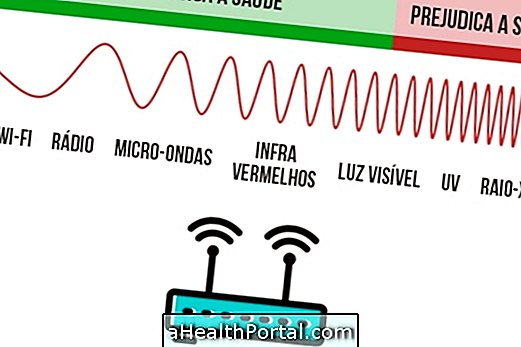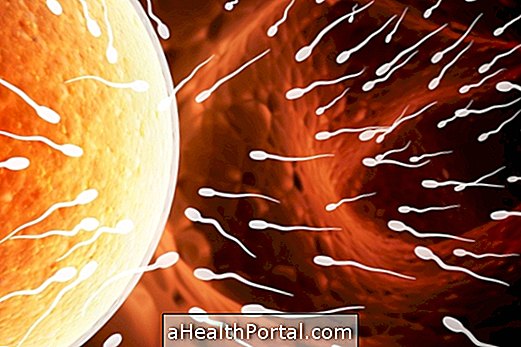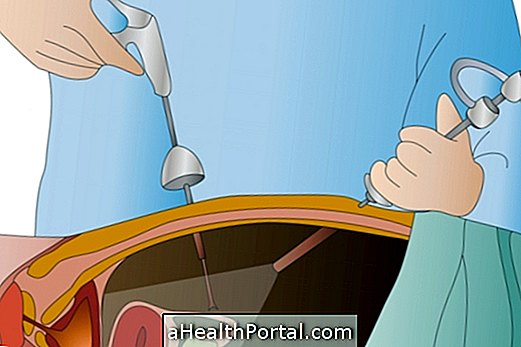Although chlamydia most often has few or no symptoms, they may appear 1 to 3 weeks after unprotected intimate contact with a person infected with the disease-causing bacteria.
Any infected person, even if they do not show symptoms, can transmit the disease to others through unprotected intercourse, so it is important to use condoms in all intimate contacts because this is the main form of prevention of the disease. Understand what chlamydia is and how the diagnosis is made.
Symptoms of Chlamydia in Women

Chlamydia symptoms in women can be:
- Pain or burning when you urinate;
- Vaginal discharge similar to pus, yellowish and thick - Know what each color of vaginal discharge means;
- Pain or bleeding during intimate contact;
- Pelvic pain;
- Bleeding after intimate contact;
Bleeding out of the menstrual period.
When chlamydia is not identified or treated properly, the bacteria can spread through the uterus and cause Pelvic Inflammatory Disease, also called PID, which is one of the leading causes of infertility, abortion, and ectopic pregnancy. Learn more about IPD.
Symptoms of chlamydia in man

In humans, chlamydia can be identified through the following symptoms:
- Pain or burning when you urinate;
- Discharge from the penis;
- Pain and swelling of the testicles;
- Inflammation of the urethra, which is the channel that connects the bladder to the tip of the penis, and is the place where urine leaves.
When chlamydia in humans is not treated, it can cause orchitis, which is inflammation in the testicles, which can interfere with the production of sperm and result in infertility. Understand what orchitis is and how the treatment is done.
Less common symptoms
Less common symptoms of chlamydia are throat, eye or rectum manifestations that may occur when there is oral or anal intima contact without a condom.
Thus, chlamydia symptoms in the throat, both in the man and the woman, usually include pain and throat infection. Already in the rectum, the symptoms can include discomfort and anal pain, bleeding and discharge of secretion by the anus. In addition, chlamydia can also infect the eyes when a person's genital secretions come into contact with the eyes, causing symptoms such as irritation, pain, or swelling of the eyes.
Chlamydia Treatment
The treatment for chlamydia is done with antibiotics prescribed by the gynecologist, in the case of the woman and urologist, in the case of the man. The person with chlamydia and their sexual partner should refrain from sexual contact until both are fully healed to prevent the infection from occurring again. Learn more about Chlamydia treatment.




